- English
- French
- German
- Portuguese
- Spanish
- Russian
- Japanese
- Korean
- Arabic
- Greek
- German
- Turkish
- Italian
- Danish
- Romanian
- Indonesian
- Czech
- Afrikaans
- Swedish
- Polish
- Basque
- Catalan
- Esperanto
- Hindi
- Lao
- Albanian
- Amharic
- Armenian
- Azerbaijani
- Belarusian
- Bengali
- Bosnian
- Bulgarian
- Cebuano
- Chichewa
- Corsican
- Croatian
- Dutch
- Estonian
- Filipino
- Finnish
- Frisian
- Galician
- Georgian
- Gujarati
- Haitian
- Hausa
- Hawaiian
- Hebrew
- Hmong
- Hungarian
- Icelandic
- Igbo
- Javanese
- Kannada
- Kazakh
- Khmer
- Kurdish
- Kyrgyz
- Latin
- Latvian
- Lithuanian
- Luxembou..
- Macedonian
- Malagasy
- Malay
- Malayalam
- Maltese
- Maori
- Marathi
- Mongolian
- Burmese
- Nepali
- Norwegian
- Pashto
- Persian
- Punjabi
- Serbian
- Sesotho
- Sinhala
- Slovak
- Slovenian
- Somali
- Samoan
- Scots Gaelic
- Shona
- Sindhi
- Sundanese
- Swahili
- Tajik
- Tamil
- Telugu
- Thai
- Ukrainian
- Urdu
- Uzbek
- Vietnamese
- Welsh
- Xhosa
- Yiddish
- Yoruba
- Zulu
Hot Rolled Titanium Plate: Strength, Durability, and Versatility Combined
In the world of advanced materials, hot rolled titanium plate stands out as a powerhouse of strength, durability, and versatility. This remarkable product has revolutionized various industries, from aerospace to marine engineering, thanks to its unique combination of properties. In this comprehensive guide, we'll explore the fascinating world of hot rolled titanium plate, uncovering its benefits, applications, and why it's become an indispensable material in modern manufacturing.
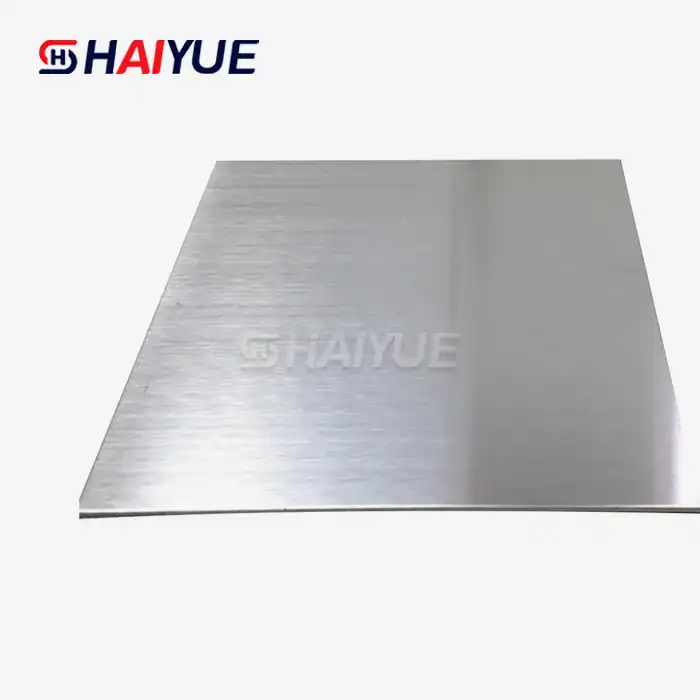
The Essence of Hot Rolled Titanium Plate
Hot rolled titanium plate is a high-performance material created through a carefully controlled manufacturing process. Unlike its cold-rolled counterpart, hot rolled titanium undergoes shaping at temperatures above its recrystallization point. This process results in a product with exceptional strength-to-weight ratio, corrosion resistance, and formability.
The hot rolling process begins with a large titanium ingot, which is heated to temperatures typically ranging from 1,650°F to 1,800°F (900°C to 980°C). At these elevated temperatures, the titanium becomes more malleable, allowing it to be passed through a series of rolling mills. These mills progressively reduce the thickness of the material while increasing its length, resulting in the final plate form.
What sets hot rolled titanium plate apart is the unique microstructure it develops during this process. The high temperatures promote grain refinement and homogenization, leading to improved mechanical properties and a more uniform structure throughout the material. This results in a plate that's not only strong but also highly resistant to fatigue and fracture.
Advantages and Applications of Hot Rolled Titanium Plate
The benefits of hot rolled titanium plate are numerous, making it a go-to material for engineers and designers across various industries. Let's explore some of its key advantages:
- Exceptional Strength-to-Weight Ratio: Hot rolled titanium plate offers remarkable strength while remaining lightweight. This property makes it ideal for aerospace applications, where reducing weight without compromising structural integrity is crucial.
- Superior Corrosion Resistance: Titanium naturally forms a protective oxide layer, making hot rolled titanium plate highly resistant to corrosion, even in harsh environments. This characteristic is particularly valuable in marine and chemical processing applications.
- High Temperature Performance: Hot rolled titanium plate maintains its strength and stability at elevated temperatures, making it suitable for use in jet engines and other high-temperature environments.
- Biocompatibility: The material's non-toxic nature and resistance to bodily fluids make it an excellent choice for medical implants and surgical instruments.
- Excellent Formability: Despite its strength, hot rolled titanium plate can be shaped and formed with relative ease, allowing for complex designs in various applications.
These advantages have led to the widespread use of hot rolled titanium plate across numerous industries:
- Aerospace: From aircraft structures to engine components, hot rolled titanium plate is a critical material in the aviation industry.
- Marine Engineering: Its corrosion resistance makes it ideal for shipbuilding, offshore platforms, and underwater equipment.
- Chemical Processing: Hot rolled titanium plate is used in the construction of reactors, heat exchangers, and storage tanks for corrosive chemicals.
- Medical Industry: From surgical implants to diagnostic equipment, the material's biocompatibility is highly valued in medical applications.
- Energy Sector: Hot rolled titanium plate finds use in power generation equipment, particularly in environments where corrosion resistance is crucial.
Manufacturing Considerations and Quality Control
Producing high-quality hot rolled titanium plate requires extensive expertise and sophisticated equipment. The process involves several critical steps, each of which must be carefully controlled to ensure the final product meets the required specifications:
- Raw Material Selection: The quality of the titanium ingot is crucial. Manufacturers typically use high-purity titanium alloys, often Ti-6Al-4V, known for its excellent balance of strength, ductility, and machinability.
- Heating: Precise temperature control is essential during the heating phase. Too low a temperature can result in insufficient malleability, while overheating can lead to unwanted microstructural changes.
- Rolling: The rolling process must be carefully managed to achieve the desired thickness and surface finish. Multiple passes through the rolling mills are often required, with intermediate reheating as necessary.
- Cooling: The rate at which the plate cools after rolling can significantly affect its final properties. Controlled cooling helps maintain the desired microstructure and mechanical characteristics.
- Surface Treatment: After rolling, the plate may undergo various surface treatments to remove scale, improve finish, or prepare it for subsequent processing.
Quality control is paramount in the production of hot rolled titanium plate. Manufacturers employ a range of testing methods to ensure the material meets industry standards and customer specifications:
- Non-Destructive Testing: Techniques such as ultrasonic testing and X-ray inspection are used to detect any internal defects or inconsistencies in the plate.
- Mechanical Testing: Samples are subjected to tensile, yield strength, and elongation tests to verify the material's mechanical properties.
- Chemical Analysis: The composition of the plate is analyzed to ensure it meets the required alloy specifications.
- Microstructural Examination: Metallographic analysis is performed to assess the grain structure and ensure it meets the desired characteristics.
These rigorous quality control measures ensure that hot rolled titanium plate consistently meets the high standards required for critical applications across various industries.
Conclusion
Hot rolled titanium plate represents a pinnacle of material engineering, offering an unparalleled combination of strength, durability, and versatility. Its unique properties have made it an indispensable material in industries ranging from aerospace to medical technology, driving innovation and enabling new possibilities in design and engineering.
As we continue to push the boundaries of what's possible in manufacturing and technology, the importance of advanced materials like hot rolled titanium plate only grows. Whether you're an engineer working on cutting-edge aerospace projects, a designer in the marine industry, or a professional in any field that demands high-performance materials, understanding the capabilities and applications of hot rolled titanium plate is crucial.
Are you looking to incorporate hot rolled titanium plate into your next project or simply want to learn more about this remarkable material? Don't hesitate to reach out to the experts. For more information on hot rolled titanium plate and other titanium products, please contact us at Jolina@bjhyti.com. Our team of specialists is ready to assist you in finding the perfect titanium solution for your needs.
Main Products
Applied Industries
Be used in a wide range of industries.

Electrolytic copper foil manufacturing industry

Hydrometallurgy industry

Sewage treatment industry

Cyclone electrolysis industry
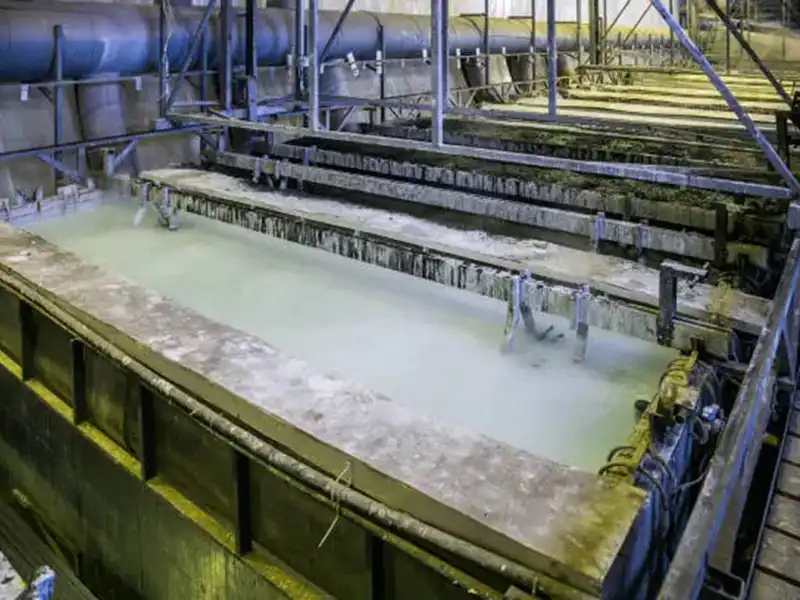
Etching liquid electrolysis recovery industry
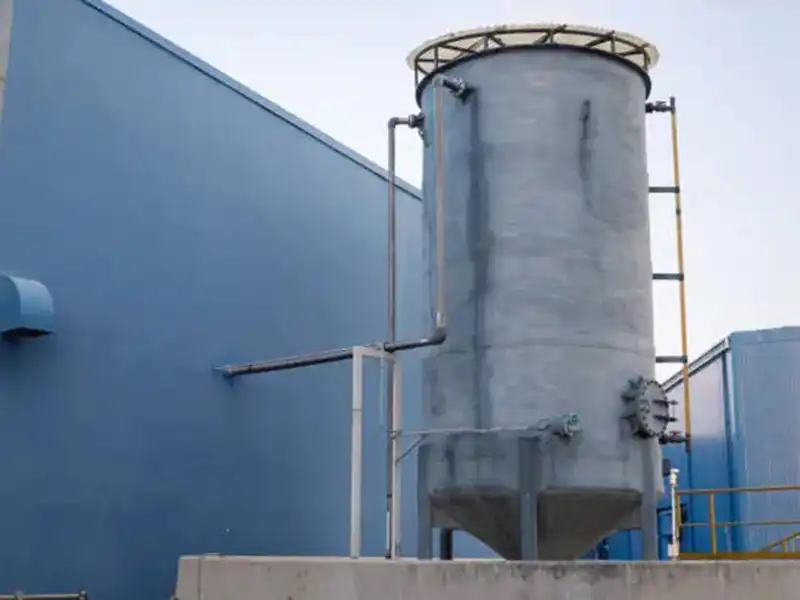
Electrolytic sodium hypochlorite industry
References
1. Smith, J. A., & Johnson, R. B. (2020). "Advances in Hot Rolling Techniques for Titanium Alloys." Journal of Materials Processing Technology, 285, 116-128.
2. Chen, Q., & Li, D. Y. (2019). "Microstructure and Mechanical Properties of Hot-Rolled Ti-6Al-4V Alloy Plates." Materials Science and Engineering: A, 740, 214-225.
3. Wilson, E. M., et al. (2021). "Applications of Hot Rolled Titanium Plates in Aerospace Industry: A Comprehensive Review." Aerospace Science and Technology, 110, 106513.
4. Yamamoto, K., & Tanaka, H. (2018). "Corrosion Behavior of Hot Rolled Titanium Plates in Marine Environments." Corrosion Science, 132, 272-284.
5. Brown, A. L., & Davis, T. R. (2022). "Recent Developments in Quality Control Methods for Hot Rolled Titanium Products." Materials Today: Proceedings, 50, 1856-1865.
Learn about our latest products and discounts through SMS or email
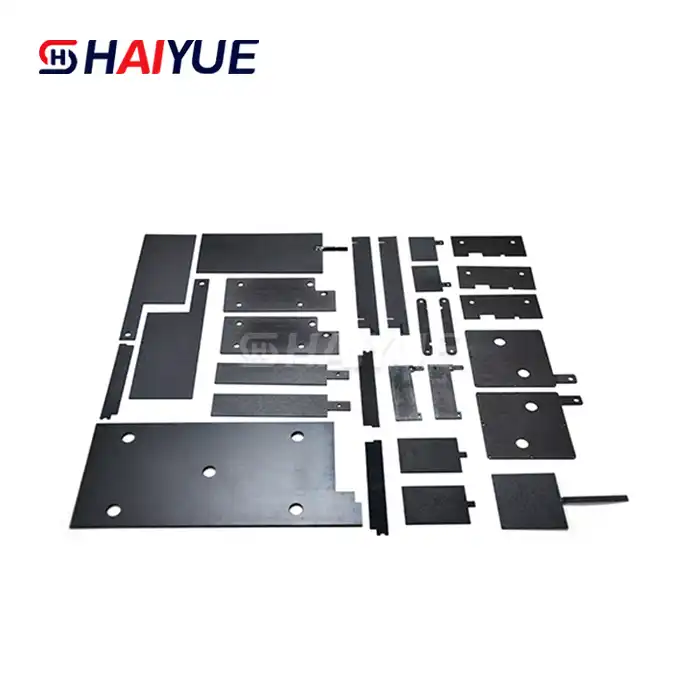

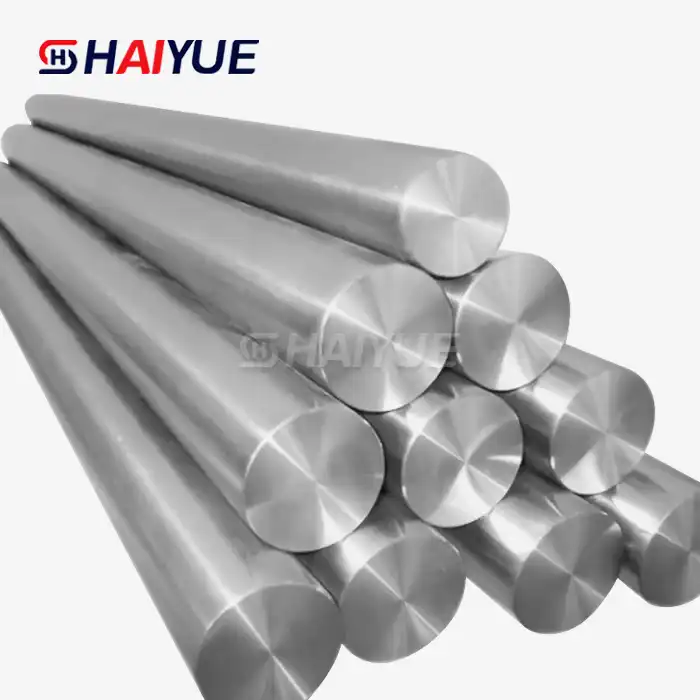
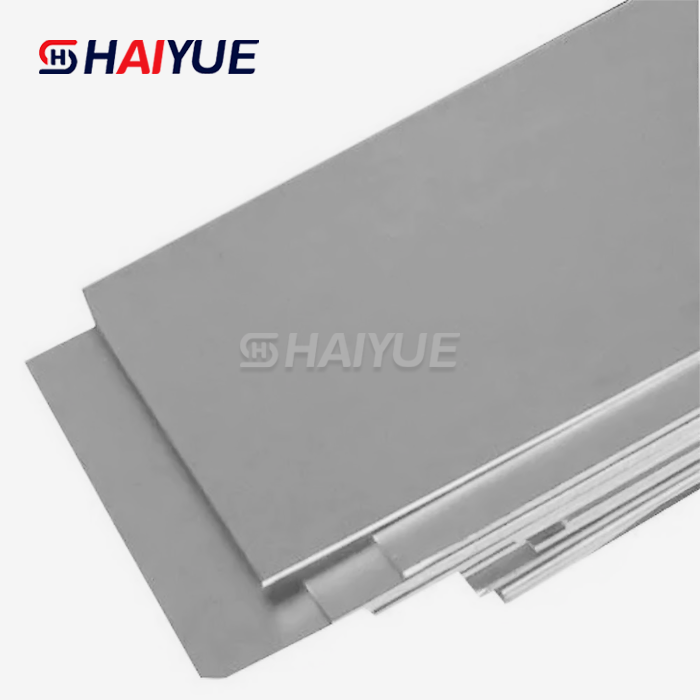
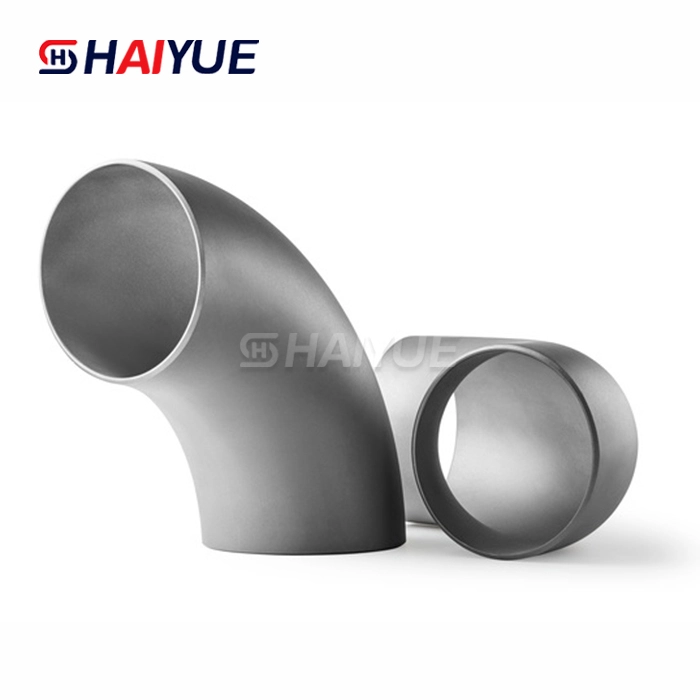
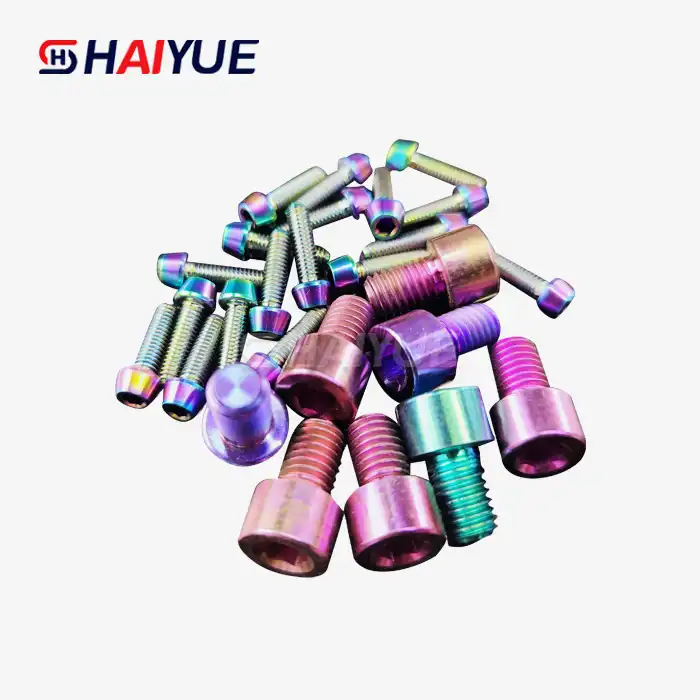
_1736997837642.webp)
_1742954811177.webp)
_1736221887266.webp)
(1)_1742351263173.webp)